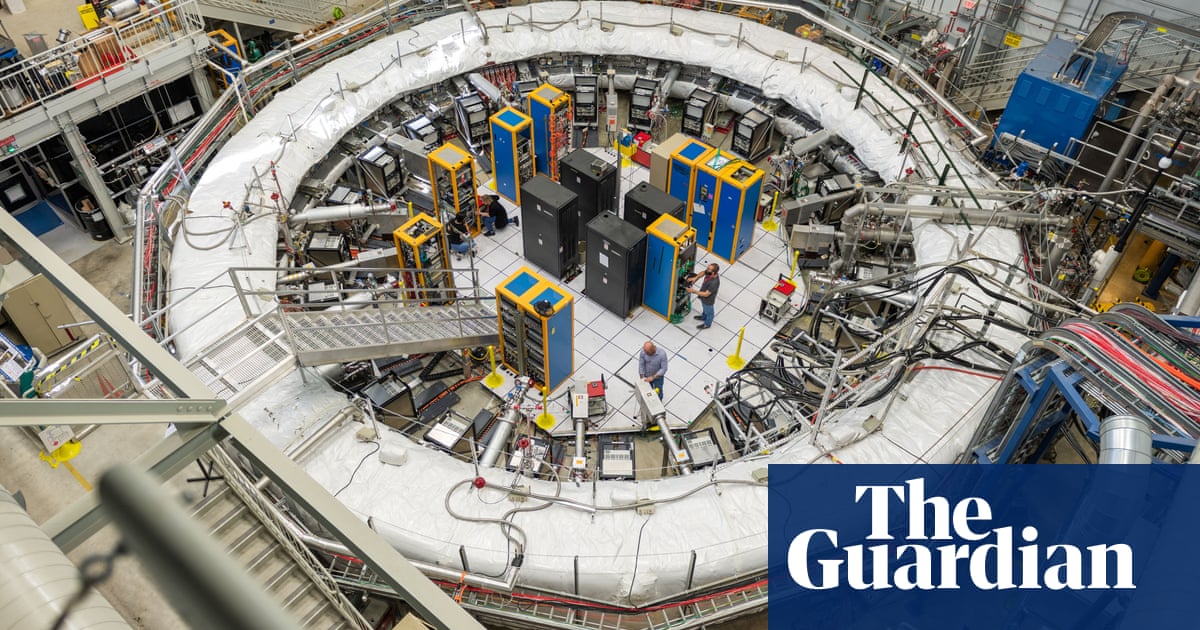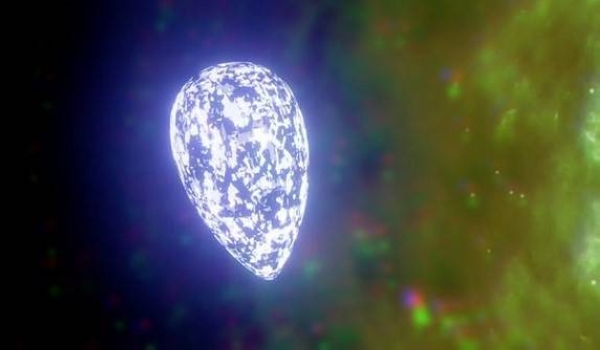
The Large Hadron Collider (LHC) will restart on Friday after a three-year hiatus and is expected to resolve a scientific cliffhanger on whether a mysterious anomaly could point to the existence of a fifth fundamental force of nature.
The tantalising findings reported last year have reignited hopes that the 20 mile-long collider could deliver a second blockbuster discovery, more than a decade after the Higgs boson.
Dr Mitesh Patel, a particle physicist at Imperial College London whose team was responsible for last year’s research, said: “We are going into this run with more optimism that there could be a revolution coming. Fingers crossed.”
So far, everything discovered at the LHC – including the Higgs – has fallen in line with the so-called standard model. This has been the guiding theory of particle physics since the 1970s but is known to be incomplete because it fails to explain some of the deepest mysteries in physics, such as the nature of dark matter.
However, data collected in the LHCb experiment, one of four huge particle detectors at Cern in Switzerland, appeared to show particles behaving in a way that could not be explained by the standard model.
The experiment looked at the decay of particles called beauty quarks, which are predicted to decay at an equal rate into electrons and their heavier cousins, muons. However, the beauty quarks appeared to be turning into muons 15% less often, suggesting that an unknown factor – potentially a new force – was tipping the scales. Two of the top candidates include hypothetical force-carrying particles called leptoquarks or Z primes.
“The stakes are extremely high,” Patel said. “If we confirm this, it will be a revolution of the kind we’ve not seen – certainly in my lifetime. You don’t want to mess it up.”
Before the LHC was switched off for an upgrade in 2018, the team collected enough data to suggest the odds were roughly a thousand to one of the result happening by chance. But the gold standard for particle physics is a more stringent one in 3.5m level of confidence, meaning more data is needed before a discovery can be declared. There is also a lingering possibility that some unknown experimental glitch could explain the findings.
“When you show this result to particle physicists, the first instinct is, ‘You guys have screwed up’ rather than it’s a new force of nature,” said Patel. “Us physicists like to be beyond sure and out the other side.”
In the past year, anticipation has been heightened by further intriguing hints of physics beyond the standard model seen in other experiments, including recent unexplained findings from Fermilab in the US.
“There seem to be a collection of loose threads now,” said Prof Jon Butterworth of University College London, who works on the LHC’s Atlas experiment. “It’s made me begin to think that there might be something out there within reach of this run or the next one.”
If the LHC fails to reveal new science beyond the standard model, Butterworth said, this would not represent a failure but would leave the field “in a bit of a quandary” about where to look next.
The third run, expected to last until 2026, follows an upgrade that has included the installation of additional powerful magnets designed to squeeze the protons inside the collider into finer, denser beams. This will increase the collision rate of particles inside the accelerator, meaning scientists will be able to observe rarer events with greater precision.
Ashutosh Kotwal, an experimental particle physicist at Duke University in the US and co-leader of a research group at LHC’s Atlas experiment, said: “The potential for discovering new ideas is still so large. It’s worth noting that the data that we’ve collected so far is only one 10th of the total that we are planning. It’s too early to lose heart.”












